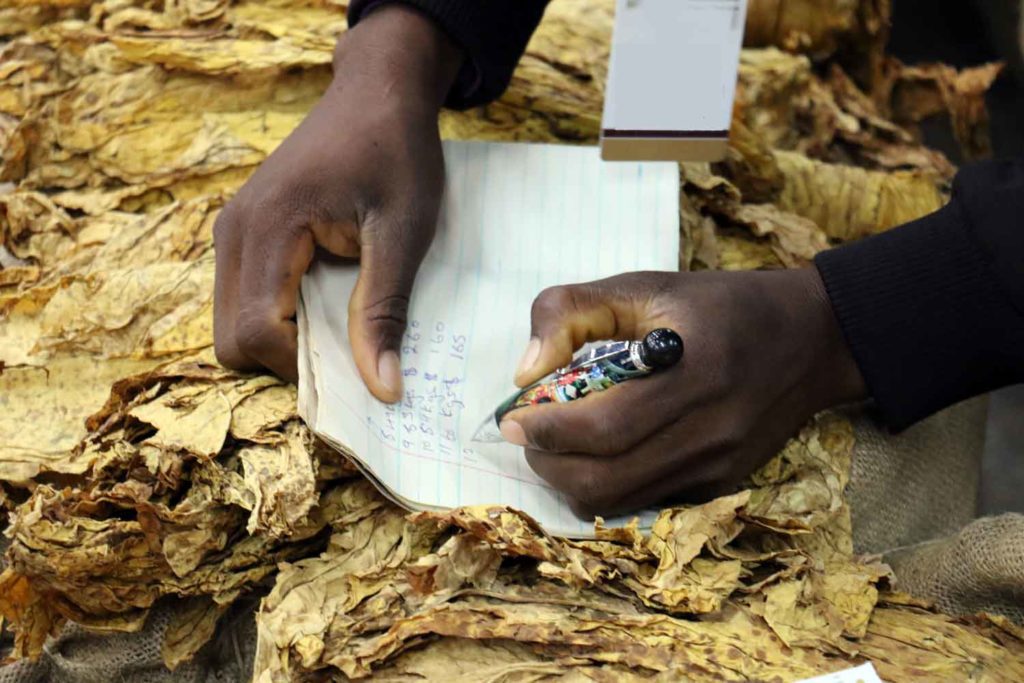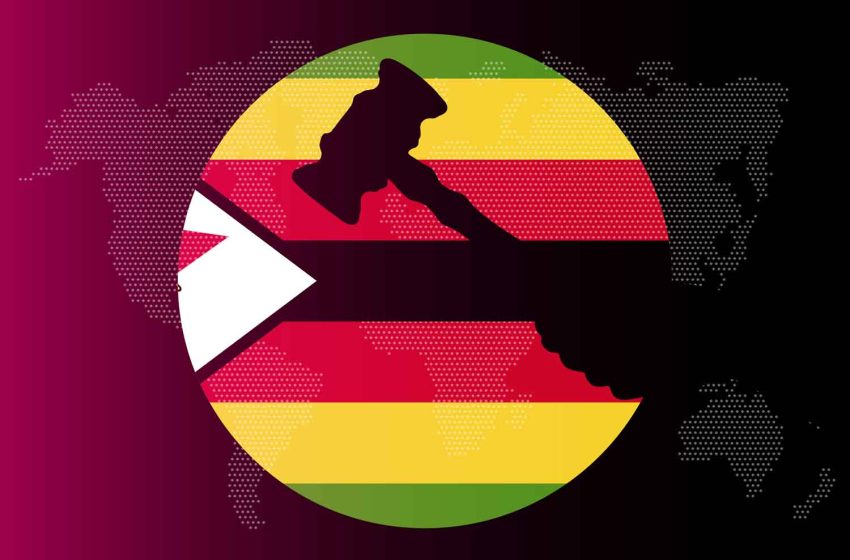In addition to supporting its growers and serving its customers, Atlas Agri is eager to help Zimbabwe achieve the goals of its Tobacco Value Chain Transformation Plan. As Minister of Agriculture Anxious Masuka explained in Tobacco Reporter earlier this year (see “The Man Behind the Plan,” Tobacco Reporter, May 2023), the country aims to preside over a tobacco industry worth $5 billion by 2025. Part of that growth is to be achieved by moving beyond green leaf and processed tobacco into value-added products such as cut rag and cigarettes.
Opportunities for such expansion, however, depend heavily on the willingness of international tobacco firms to invest in Zimbabwe—a factor outside of the nation’s control. This means that much of the desired income will likely have to be realized by bringing more leaf to market. The transformation plan aims for a 300 million kg crop by 2025—70 million kg more than its farmers were expected to deliver this year.
One of the ways in which Atlas Agri hopes to boost production is by reducing growers’ post-harvest losses. Following a massive land reform program at the turn of the century, Zimbabwe’s tobacco sector is dominated by small-scale farmers. Whereas in 1998, the crop was produced by 1,500 commercial growers and fewer than 1,000 smallholders, the industry now comprises about 144,000 small farmers and between 300 and 400 commercial operations.
Unlike their commercial counterparts, who are heavily mechanized with tractors, irrigation systems and forced-air curing tunnels, the smallholders run barebones operations. Due to inadequate infrastructure and other limitations, Zimbabwe’s small-scale growers may lose up to 50 percent of their crops, according to the Tobacco Research Board (see “The Scientific Approach,” Tobacco Reporter, June 2023).
One of the major constraints is curing barn capacity. Many smallholders grow more tobacco than their barns can accommodate. Tobacco that ripens after the curing barn has filled up is often left to rot in the field. While this could be remedied by building more curing barns, Atlas Agri considers this a less-than-ideal solution for small growers. Erecting such structures, the company argues, will not only push farmers deeper into debt but also boost demand for wood as the fuel to cure tobacco and additional bricks, contributing to deforestation.
So instead of constructing additional curing barns, Atlas Agri is encouraging its contracted farmers to build inexpensive, natural air-curing systems, known in southern Africa as a “Chigaffas.” Already used to cure burley in many countries, a Chigaffa is a simple, inexpensive wooden structure with racks to dry tobacco and a roof made out of plastic tarp or thatch. “We say to our farmers, if your curing barn is empty, reap straight into the curing barn,” says Kockott. “But if your curing barn is full, instead of waiting for the barn to be empty, by which time your tobacco in the field becomes overripe, reap on the day you are supposed to and put it in the Chigaffa.”
The purpose of the Chigaffa is to alleviate pressure on the barn and prevent tobacco from sitting too long in the fields. “If you put overripe tobacco in the barn—by the time it is wilted and ready to fix color, it will have turned brown, so you have lost quality and yields,” says Kockott. Using a Chigaffa allows farmers to market tobacco that would otherwise be lost. Even if the Chigaffa leaf does not attract premium prices, the potential for additional volumes presents opportunity for additional income.
While some have expressed concern that the Chigaffa system will bring lower quality tobaccos to market, Mackay notes that those styles are in line with prevailing customer preferences. “Global demand for value and super-value styles currently exceeds that for top quality tobacco,” he points out. Another advantage: Using the Chigaffa reduces the time spent in the traditional curing barn by a few days, lowering wood consumption, thus contributing to sustainability—a fact that should appeal to international customers, who expect their tobacco to be grown according to strict environmental, social and governance requirements.
Convinced by the merits of natural air curing, the Tobacco Industry and Marketing Board endorsed the system earlier this year. “The introduction of this natural Virginia tobacco product is in line with the Tobacco Value Chain Transformation Plan,” the regulator wrote in a press note. “By producing more natural Virginia tobacco […] we believe the local tobacco industry will generate a wider range of qualities for customers on the global market, creating demand and encouraging investment for the ultimate longevity of the Zimbabwean tobacco industry.”
Just by reducing post-harvest losses, a small farmer could increase his or her volume by up to a quarter, according to Atlas Agri. If the entire smallholder sector optimized its operations, it would go a long way toward achieving the 300 million kg proposed in the transformation plan. “Think about it,” says Mackay. “Smallholders produced approximately 200 million kg out of this year’s 260 million-plus kg crop. If they can add a quarter to what they already deliver, the country will be quite close to the desired 300 million kg—without claiming a single additional hectare of farmland or increasing pressure on our woodlands.”





































